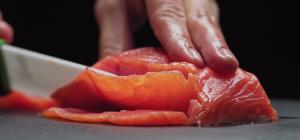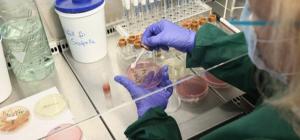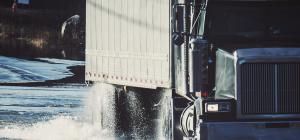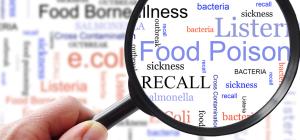
[ARCHIVED] Disinfectants and Sanitizers for Use on Food Contact Surfaces - revised
[This content has been archived. We archive content that is dated 10 years or older or content with rapidly evolving evidence or guidance that is now out of date (e.g., COVID-19). If you have feedback, please contact us at [email protected].]
Health Canada has approved the sale of disinfectants for food premises which contain chlorine compounds (e.g., bleach), peroxide and peroxyacid mixtures, carboxylic acids, quaternary ammonium compounds, acid anionic, and iodine compounds for use on food-contact surfaces. Disinfectants for use in food premises must have a drug identification number (DIN) and meet criteria, including those regarding antimicrobial efficacy, stipulated in the Health Canada document Guidance Document: Disinfectant Drugs. Products are evaluated by the Therapeutic Products Directorate (TPD) of Health Canada. Not all disinfectants are appropriate for use on food contact surfaces (e.g., toxic residues may be left). Product labels specify the intended/appropriate use of the disinfectant and should be read before use. Food contact sanitizers are regulated by the Bureau of Chemical Safety (BCS), Food Directorate, and Health Canada. The BCS determines the maximum residue levels that remain on food products after use and, if acceptable, the Canadian Food Inspection Agency (CFIA) issues a No Objection Letter for these products. Only food contact sanitizers that have disinfectant claims (such as bactericidal, virucidal) require a DIN. Important considerations when choosing a sanitizer for food contact surfaces include: effectiveness at reducing microbial contamination in specific conditions, cost, ease of application, need for rinsing, toxic/irritating properties, and compatibility with locally available water. For sanitizers to be effective, proper cleaning and rinsing must be completed before sanitizers are applied. Products such as tea tree oil, baking soda, vinegar, electrolyzed water, microfibre cloths, ozone, and silver compounds are not registered disinfectants for food premises, according to the Health Canada definition.








